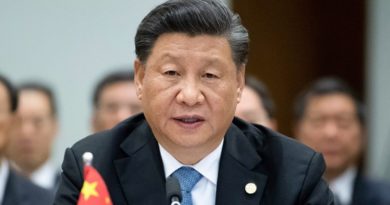International Mother Language Day: Introduction, Idea and the Theme
International Mother Language Day is an observance that takes place every year on February 21st. This day was designated by the United Nations General Assembly to promote linguistic and cultural diversity and to promote multilingualism worldwide. It is a day to recognize the importance of mother languages and to raise awareness about linguistic and cultural diversity.
The idea for International Mother Language Day came from Bangladesh, where students and activists had been advocating for recognition of the importance of mother languages since the early 1950s. On February 21, 1952, students in Dhaka, the capital city of East Pakistan (now Bangladesh), organized a protest to demand recognition of their mother language, Bangla, as an official language of Pakistan. The protest turned violent, and several students were killed. This event is now commemorated as Language Martyrs’ Day in Bangladesh. In 1999, the United Nations Educational, Scientific and Cultural Organization (UNESCO) recognized the significance of this event and declared February 21st as International Mother Language Day.

The theme for International Mother Language Day changes every year, and the theme for 2021 was “Fostering multilingualism for inclusion in education and society.” This theme highlights the importance of promoting multilingualism in education and society, and how it can lead to greater inclusion and understanding among different communities.
Multilingualism is an essential part of our world, and it is important to recognize and celebrate the diversity of mother languages spoken around the globe. According to UNESCO, there are over 7,000 languages spoken worldwide, and more than half of these are in danger of disappearing. This is why it is essential to promote and preserve mother languages, as they are a fundamental part of our cultural heritage and identity.
International Mother Language Day provides an opportunity for individuals, communities, and organizations to celebrate their mother languages and to raise awareness about linguistic and cultural diversity. This day is also an opportunity to recognize the efforts of individuals and organizations who work to promote and preserve mother languages around the world.
In addition to celebrating International Mother Language Day, there are many ways that individuals and organizations can promote and preserve mother languages. Some of these include:
Learning and teaching mother languages: Learning and teaching mother languages is an essential part of promoting linguistic and cultural diversity. This can be done through formal education or through community-based programs.
Supporting mother language programs: Organizations and individuals can support mother language programs by providing financial support, resources, and materials to help promote and preserve mother languages.
Creating awareness: Individuals and organizations can create awareness about the importance of mother languages through social media campaigns, events, and other activities.
Promoting multilingualism: Promoting multilingualism can help to create a more inclusive and diverse society. This can be done through policies that promote the use of multiple languages in education, government, and other sectors.
Documenting mother languages: Documenting mother languages can help to preserve them for future generations. This can be done through recording and archiving language materials, such as texts, recordings, and dictionaries.
In conclusion, International Mother Language Day is an important observance that promotes linguistic and cultural diversity and raises awareness about the importance of mother languages. It provides an opportunity for individuals, communities, and organizations to celebrate their mother languages and to promote and preserve linguistic and cultural diversity. By promoting and preserving mother languages, we can create a more inclusive and diverse society that values and respects the linguistic and cultural heritage of all communities around the world.


